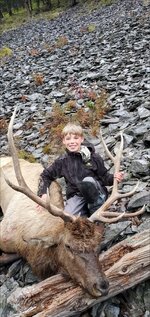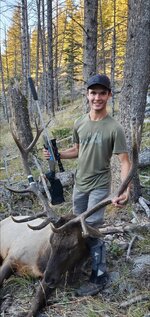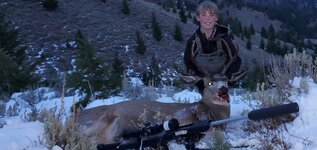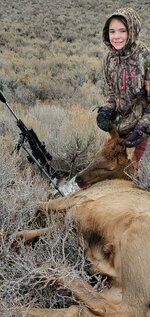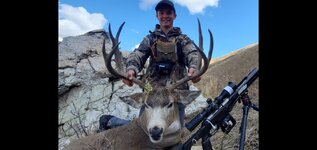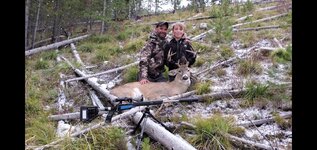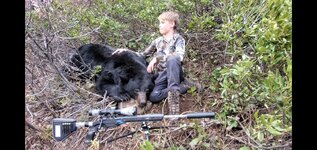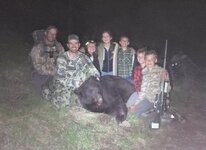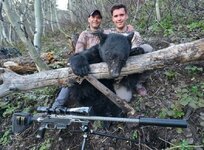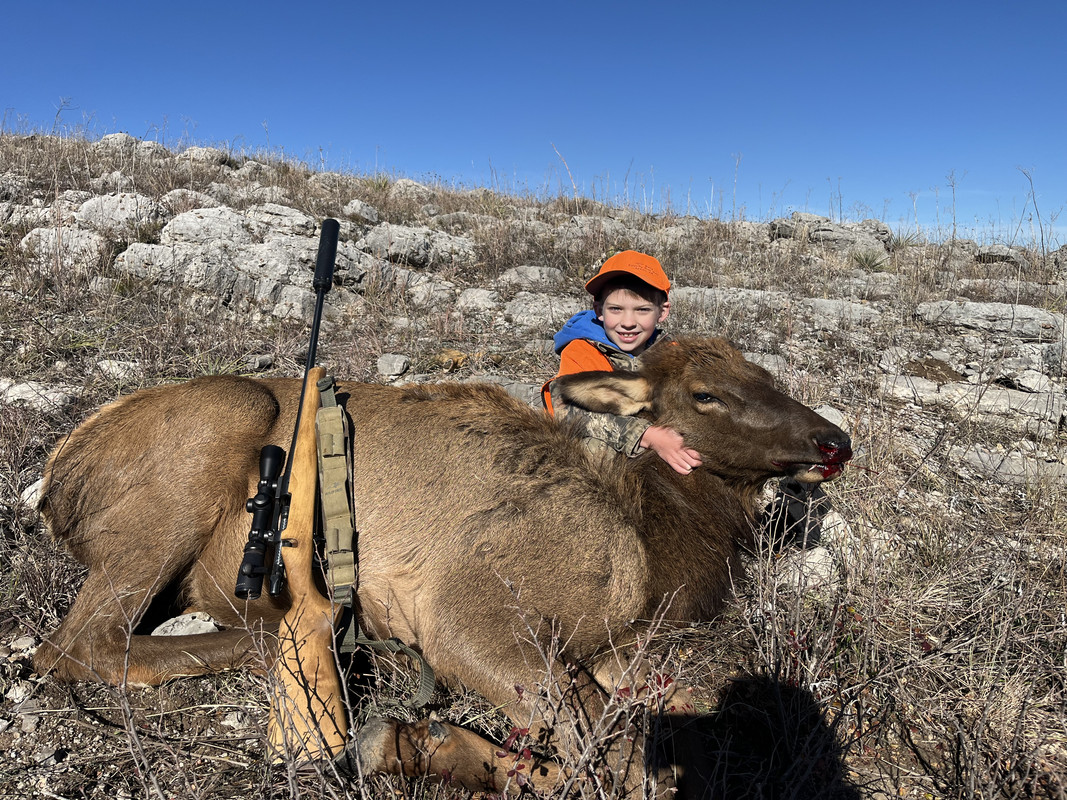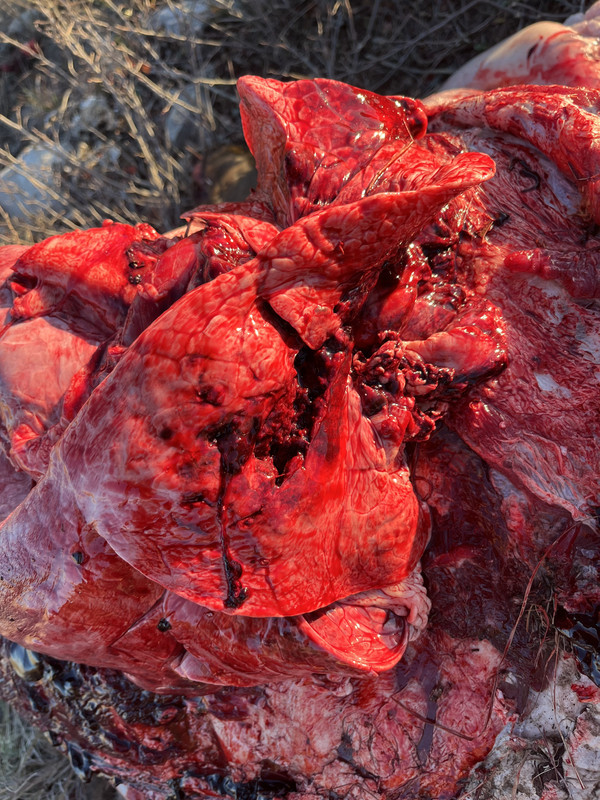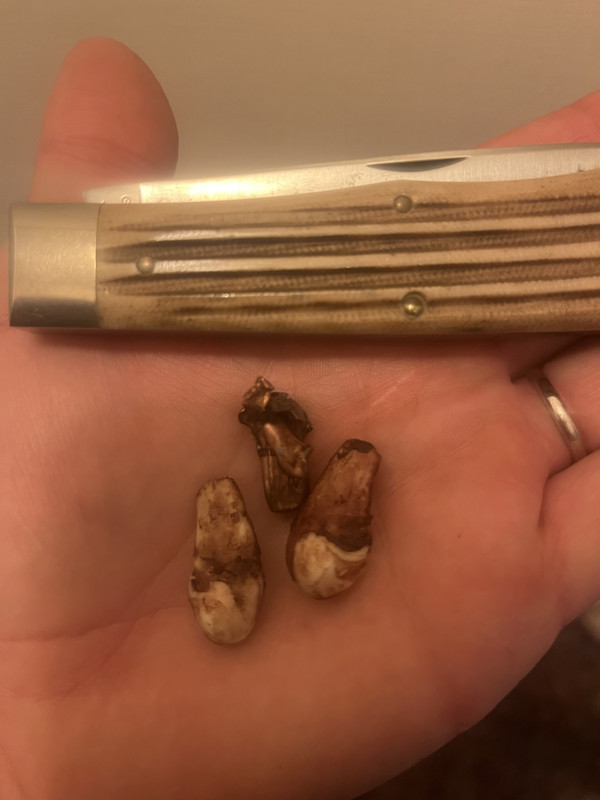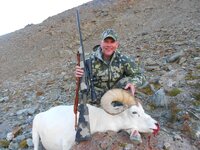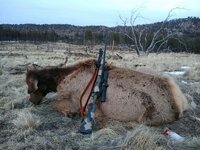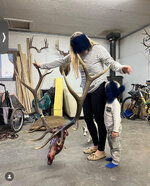With all due respect, that quote speaks to an ethos that is inconsistent with my hunting ethics. As a hunter... no one forces me to pull the trigger under less than ideal conditions. I can choose to only pull the trigger when I have the situational variables in my favor. I feel that is part of hunting and I owe that respect to the animals I hunt.
As a mentor of a number of young hunters, my primary goal, (besides firearm safety) is for them to learn the discipline it takes to make correct decisions in the field. They learn that it is OKAY to not take a shot if they don't feel confident and comfortable. They learn to not take a shot at a moving animal, to shoot from fully supported positions, to not shoot in excessive wind, etc. I also insist we take the time to video the shot through a spotting scope so that we can review the results in real-time. We also observe conditions like how close the animal is to thick cover that could affect tracking, or how much area we can see in any direction the animal might go, or the amount of light left, or whether I/we can accurately dope the wind, whether the kid needs an extra moment for a quick dry-fire practice to calm their nerves, etc. If these conditions aren't favorable, and to the degree of the competence of the individual shooter... I might not have them take an otherwise doable shot. I also spend a substantial amount of time and money preparing and tweeking my equipment to ensure success... including the mandatory use of suppressors, spotting scopes, and tripods I've designed for maximum stability and minimal weight.
In the past two years alone, 20 big game animals (Elk, deer, bear, wolf) have been taken with my ultralight rifle setups (ie, bare rifle my 6mmCreed weighs 4.25lbs) using 'diminutive' calibers like 6mmCreed and 6.5cm (only two of which were animals I personally harvested, the rest were shot by youth or adults with minimal experience). Zero animals were unrecoverable. Zero animals went further than 150 yards. And all but 3 were one shot kills. More than half were over 300 yards, and most of those were over 400 yards, and a couple were over 500 yards. (Only 2 were under 200 yards). All were spot and stalk, all were DIY, all but 1 were at least a mile from an open road, and most were several miles deep into the rugged backcountry of Idaho, including notoriously challenging terrain areas like the Selway.
The moral of the story is... shot placement is key... but we as the hunters control when and how we take the shot... and choosing heavy hitting cartridges (which also have inaccuracy inducing recoil) because they appear to compensate for a poor shot will only invite hunters to take shots under less than ideal conditions, rather than learning to discipline themselves to only take a shot they are confident will quickly and humanely dispatch the animal.

